‘It’s going to feel empty’: One final goodbye to Roxie’s
CityMag looks back on the best and worst moments of Roxie’s run and reflects with owner Tom Skipper on how hard it will be to say goodbye to the Adelaide beer garden.

When we sit down with managing director of the Crown & Anchor Pty Ltd. Tom Skipper – who runs Roxie’s, Midnight Spaghetti, Chateau Apollo and the Crown & Anchor Hotel – he tells us the result of the Save the Cranker campaign is “gut-wrenching” because he’ll have to say goodbye to the beer garden Roxie’s.
In August last year, the state government introduced “special-purpose legislation to secure the long-term future of the Crown & Anchor Hotel as a live music venue and provide ongoing protection for key live music pubs in the City of Adelaide against noise complaints from future residents”.
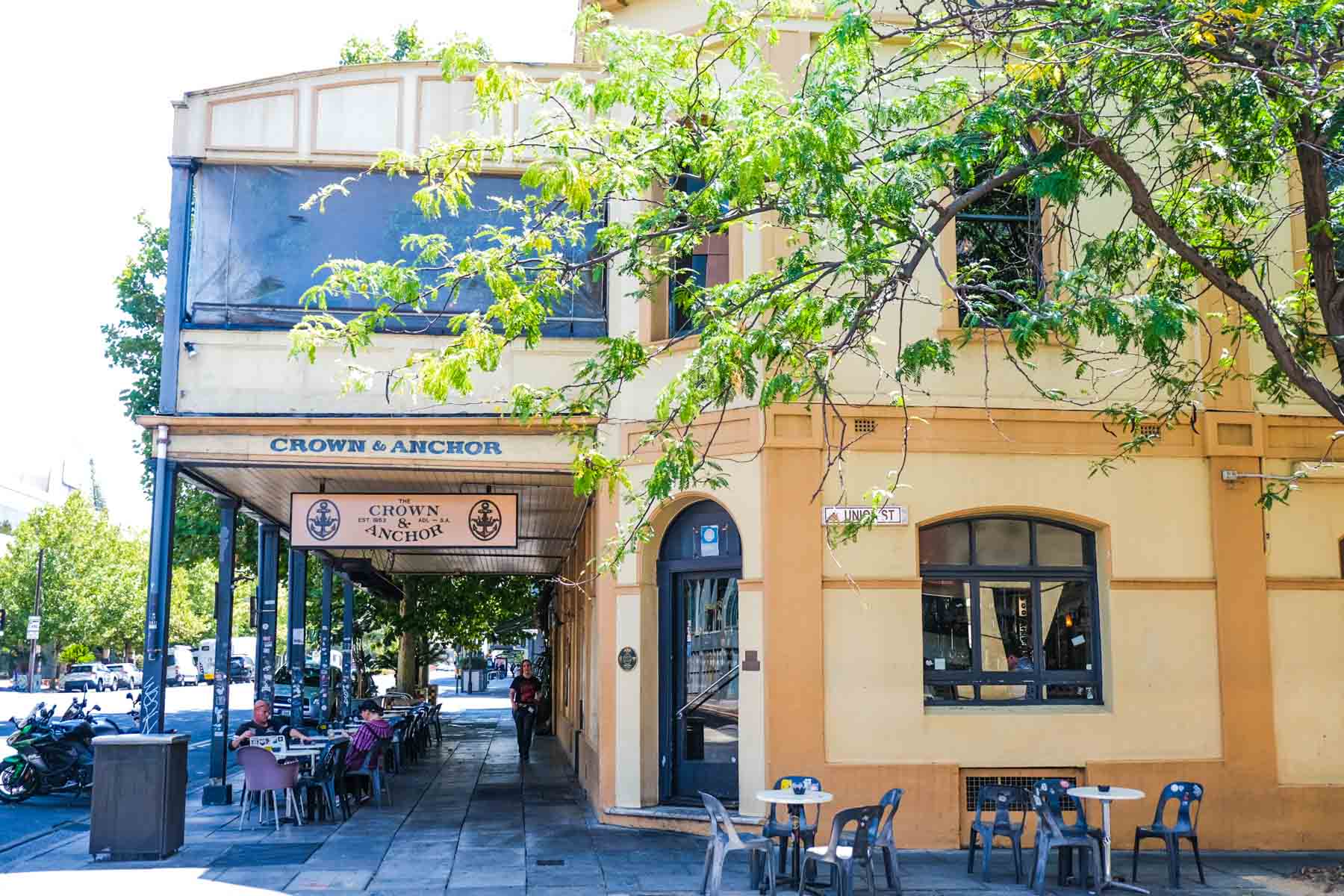
This means that neighbouring venues Roxie’s and Chateau Apollo will be lost as Singaporean developer Wee Hur is set to build a student accommodation tower of up to 29 storeys on the site. Roxie’s and Chateau Apollo’s last day of trade is May 25.
“I mean, 12-plus years of hard work has gone into here, and to be brutally honest, I spent a lot of time on the tools myself, building a lot of this,” he says as we sit inside a booth at Roxie’s, underneath the fan on a 32-degree day.
“There was inevitability, because it was always a development space, so that time had to come eventually. And there was obviously provisions in leases that I’ve signed time and time again – it was there to be invoked, a development cause.
“And sadly, what I will say, though, is the process of offloading the property…[I wasn’t offered] first right of refusal.
“It went to the highest bidder, which was the Singaporean investment group.”
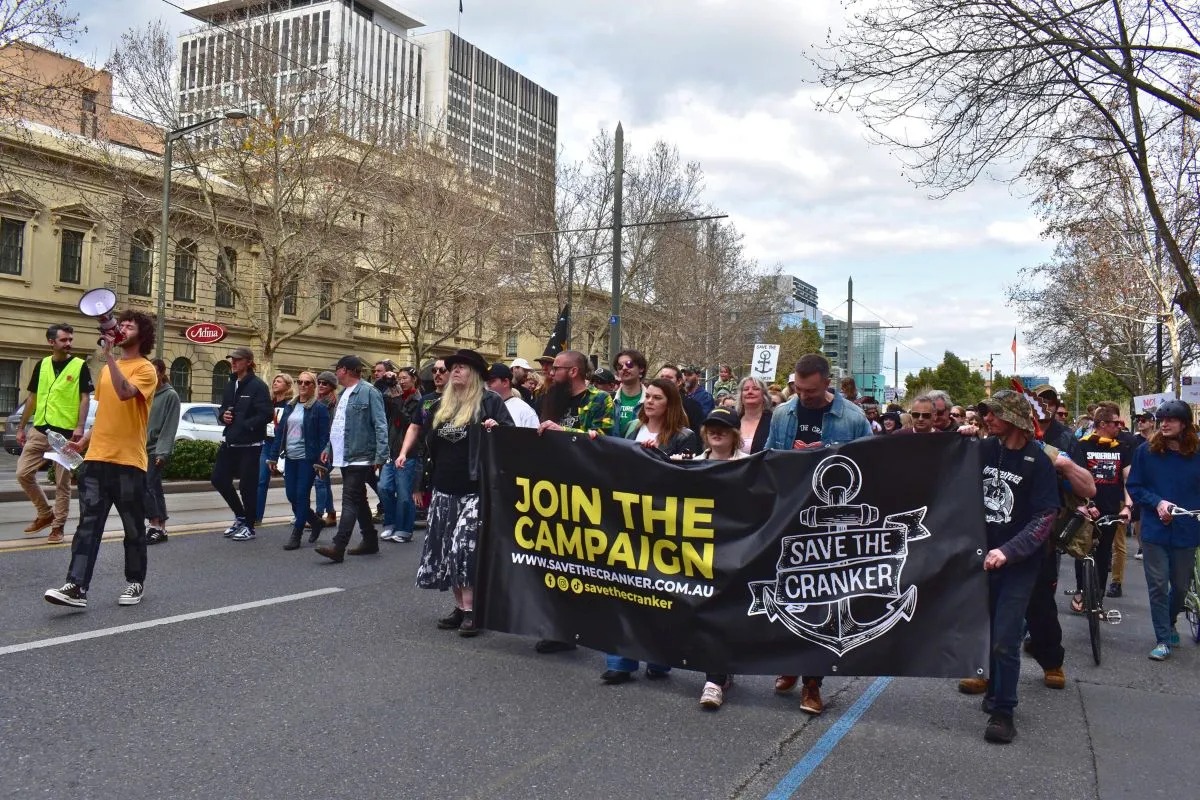
Tom says it “rallied [him] and rallied the troops”.
“Hence why we rallied to Save the Cranker,” he says.
Asked if it was a stab to the heart, Tom says yes and then pauses for a moment.
“It was particularly after leasing this place for 12 years,” he says.
Tom says apart from Peter Rabbit in the West End, there’s no place in Adelaide like Roxie’s.
“And the sad part is that it leaves a gaping hole in Adelaide,” he says.
“There’s certainly nothing in the East End that rivals this, or even through the middle of the CBD.
“It’s just going to be sad the day that the place is levelled, and they start construction on 29-storey towers. Even when that’s completed, driving past it, it’s going to feel empty and it will invoke some emotions, for sure.”
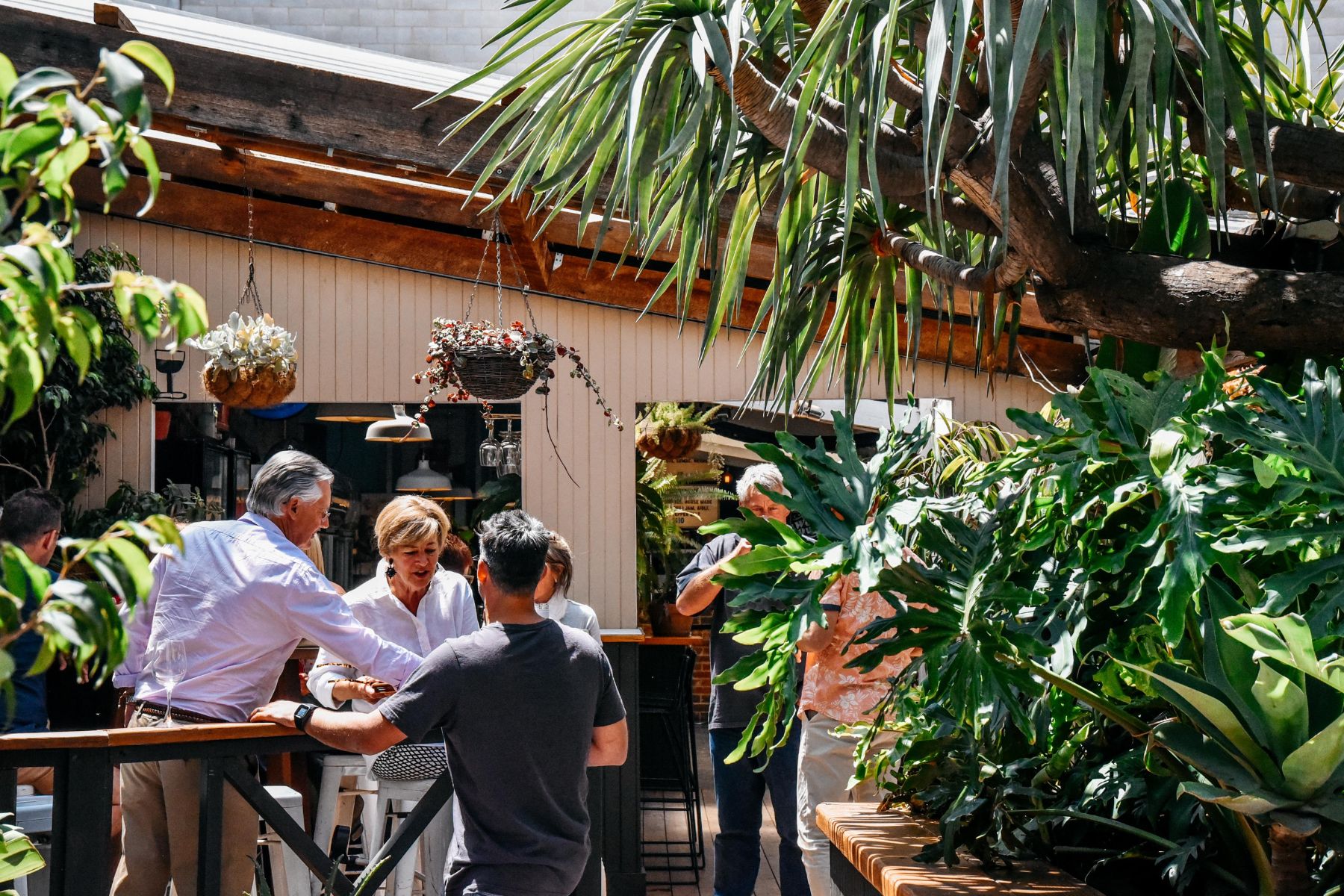
Tom’s journey to Roxie’s began after co-owning The Maid and Magpie in Magill for seven years. He left that pub and went out on a whim to open food truck La Cantina.
“It was out of left field – I knew nothing about Mexican cooking but decided and saw an opportunity,” Tom says.
“Burger Theory at the time was making a big headway as the only food truck out in Adelaide. I was the second one to the market.”
But Tom noticed the Grenfell Street site was always vacant and he says landlord Gerry Karidis had “plans to develop it, so was never offering anyone a long lease”.
“I had this idea through the Fringe period to start up a pop-up bar called Little Miss Mexico,” he says.
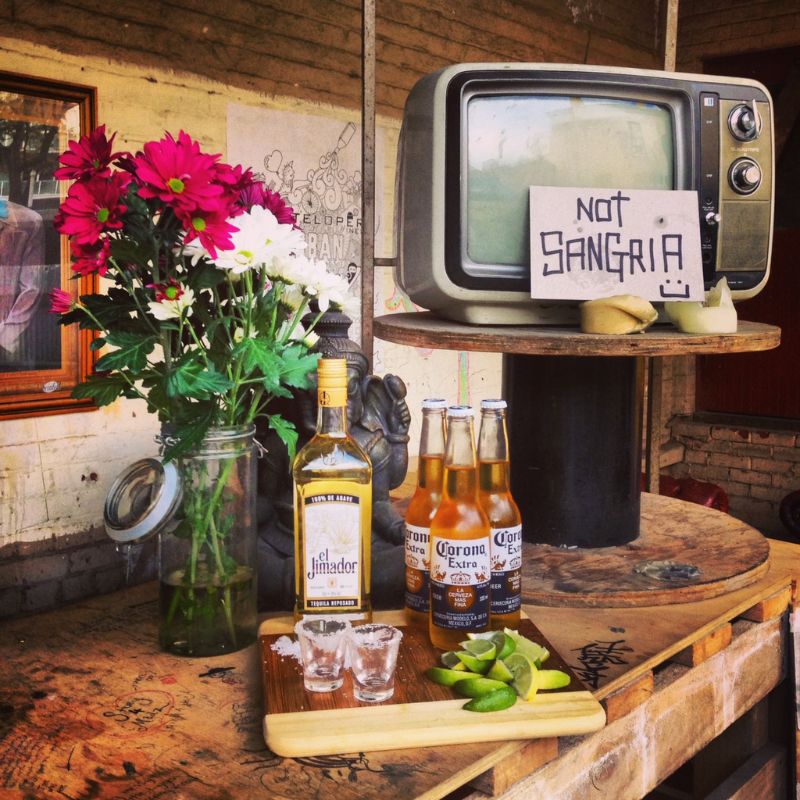
Tom says he negotiated a short-term lease and “tied off a liquor application for 28-day Limited License and got to work”.
He opened Little Miss Mexico in January 2013, just in time for Fringe season.
“It was literally just pallets on the wall with Garbo plants growing out of it and succulents. It was stacked pallets. It was a rustic bar that [looked like] pulling down someone’s garage with old tin,” he says.
Tom says after the initial 28 days, they “saw the success and then had to see if [they] could extend it even further”. They successfully applied for a series of limited licences and stayed in the premises for 86 days.
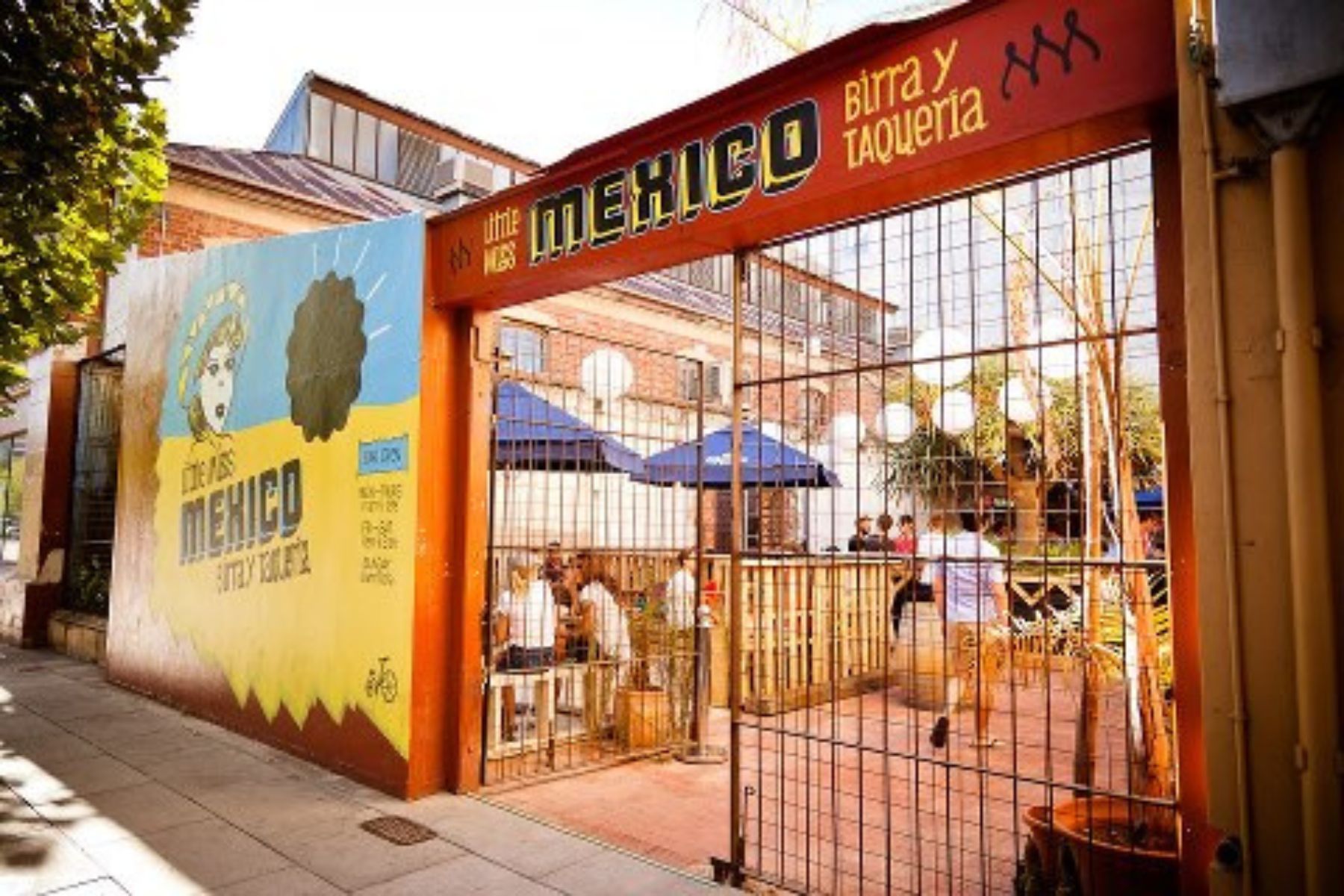
To keep Little Miss Mexico running, Tom says they had to “come up with viable options to get [their] liquor license and limited licence” which involved different pop ups and festivals inside the premises.
As they moved into the colder months, they needed “other alternatives” and became one of the first venues to trade under the small venue license under the next iteration of the space, Little Miss Miami.
“During those winter months, we had Little Miss Miami up and running, and we worked through options of how we could actually get the outside area up and trading, and the whole property for that matter, trading under another license category,” he tells CityMag.
“We applied for a Special Circumstances License and had that approved.
“Later in that year, still 2013 Little Miss Mexico, came back for another summer and became a permanent fixture, with Little Miss Miami inside.
“That kept going for a couple of years, and then we gave it a big refresh and turned it into the Crab Shack and Dive Shop.”
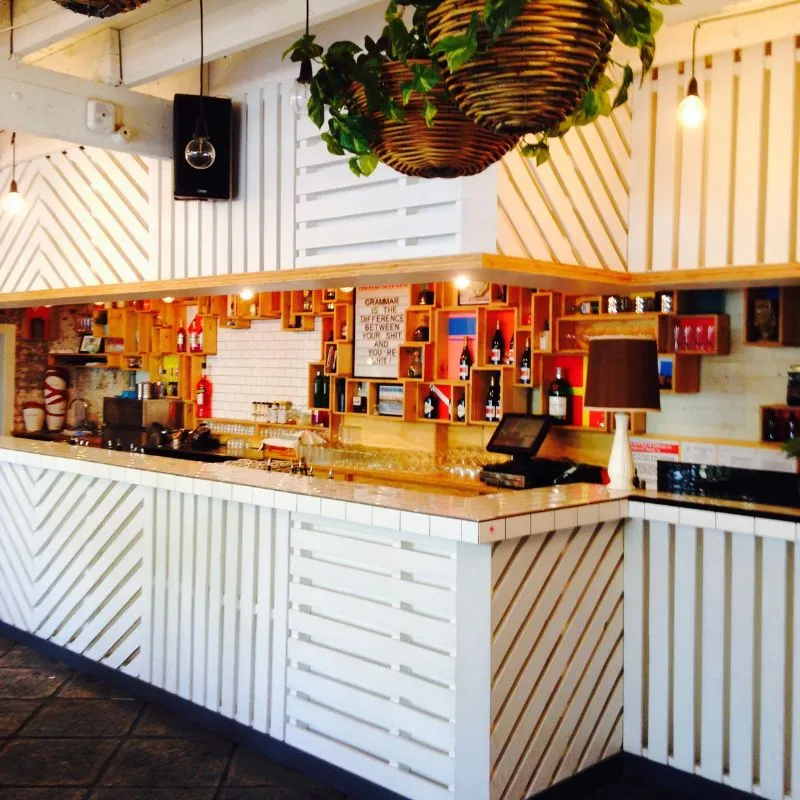
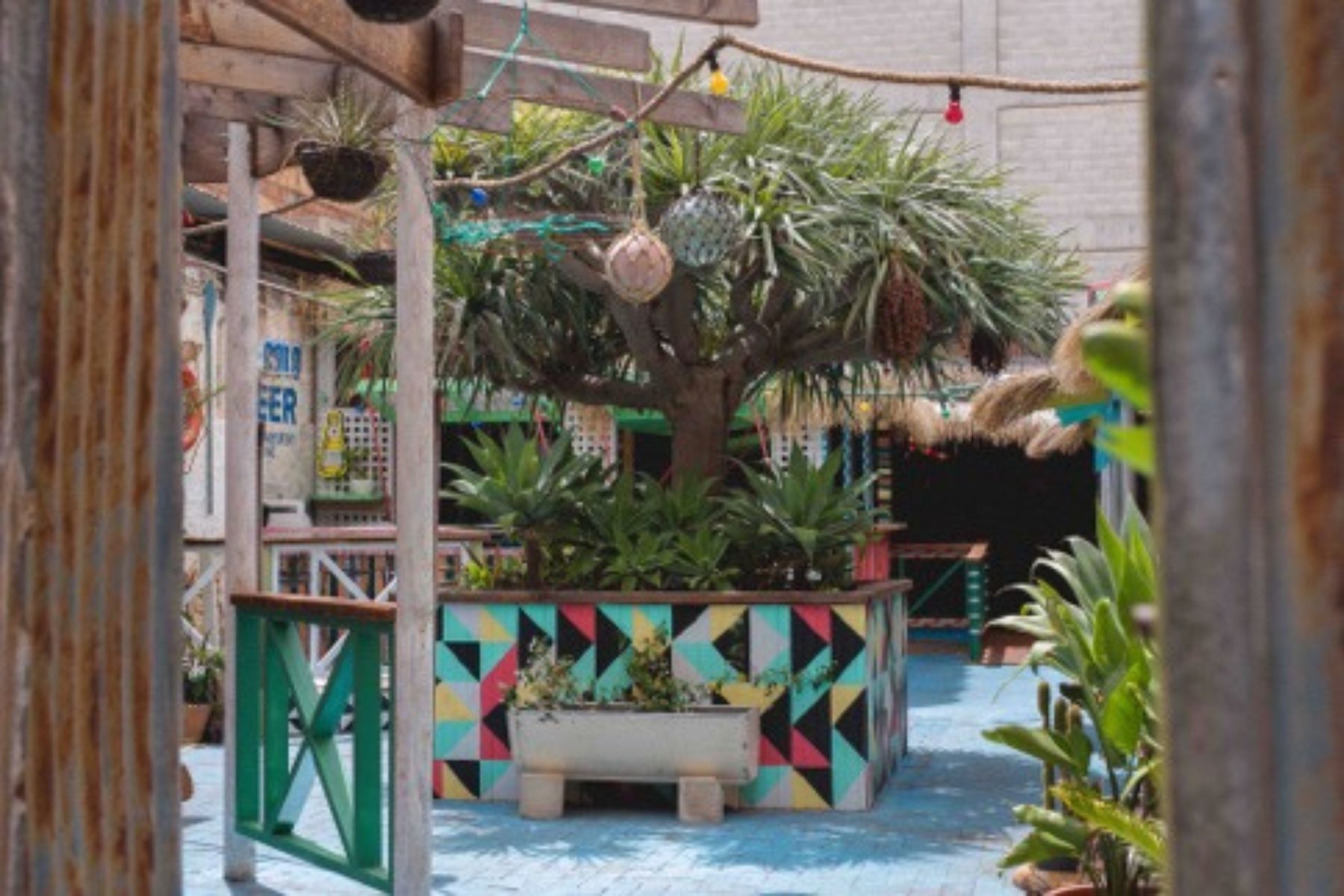
Tom says there’s a lot that he and the team “wanted to do” which is why they changed things up to the Crab Shack and and Dive Shop in 2015, moving the focus to a “Caribbean getaway” rather than the “Mexican” style they were known for.
“We wanted to keep building. We wanted to actually develop the site a little bit further from the pallets and rustic furniture,” Tom says.
Though Tom can’t remember where he got these exact ideas, he says he had a lot of fun building and designing the concept.
“It was some weird stuff,” he says.
“But the cooking went right in and leant itself into the Bahamas, and into… some little bit of Mexican influence but then that Southern Miami and that Jamaican [style] and it was great and a lot of fun.”
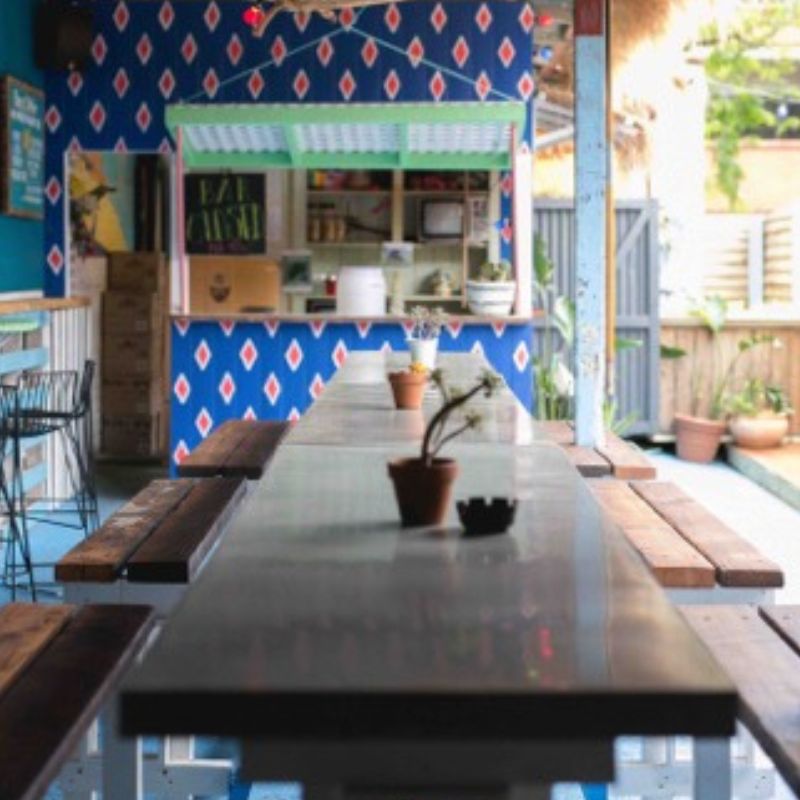
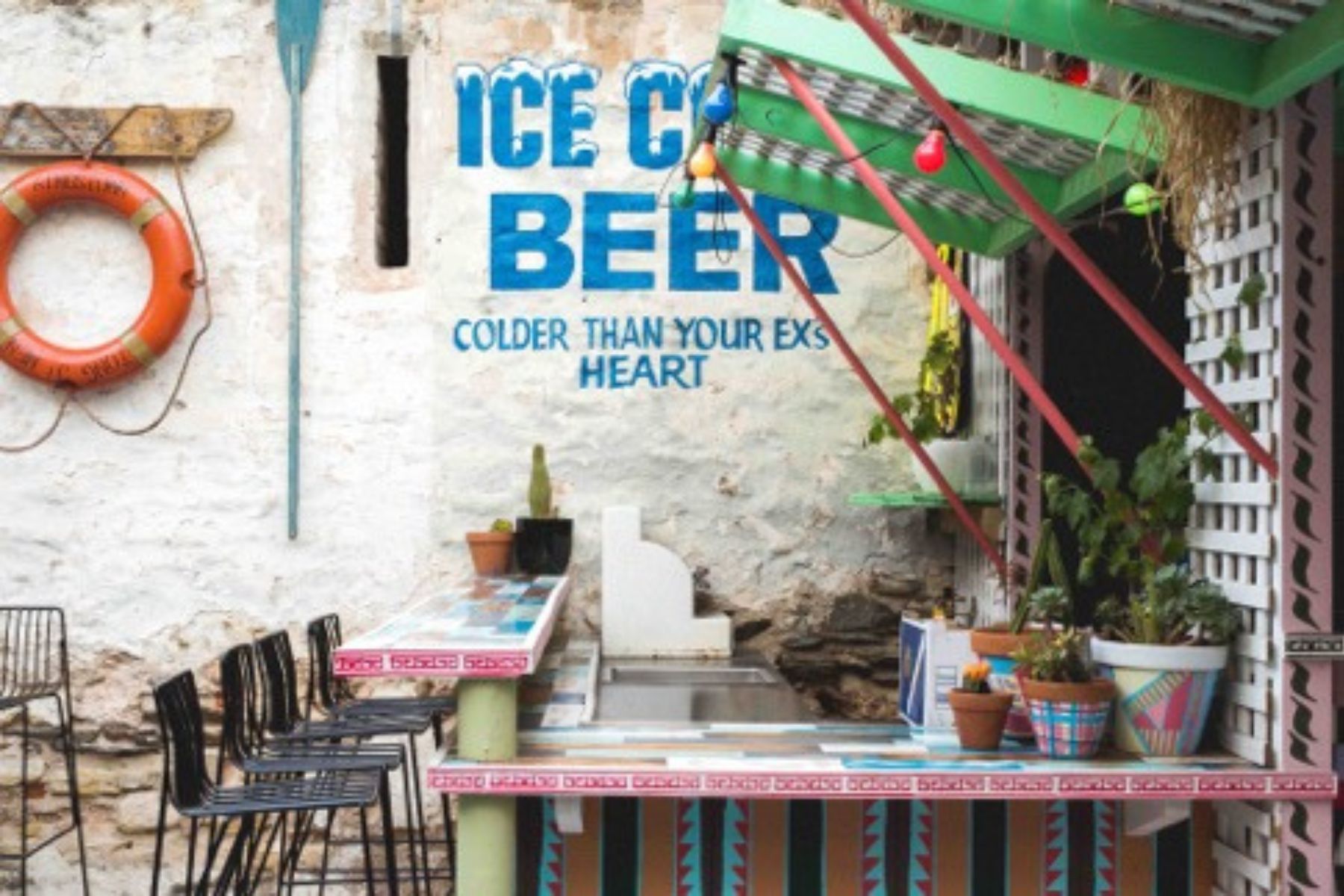
But Tom says after this period, they were a “victim of success”.
“And I think at the time there was the Special Circumstances License had always been a special circumstance in the sense that this was always going to be a development site, and therefore it was never going to be around forever and a day.
“In order to actually, I guess, keep our business afloat, we had a legal case against us. [We were taken] to court to challenge the validity of the license.
“It ended up being almost a half a million dollars’ worth of court costs. We prevailed; we won. But in terms of winning, what happened was the judge decreed that we had to put a sunset clause on the property, which meant that it had to actually cease trading as a special circumstances license at a certain period of time.
“So that gave us effectively two more years before the license was suspended.
“And in doing so, we thought we’ll give it one more roll of the dice.”

Tom turned the space into Superfish in late 2016, which had more of a “streamlined and polished colour palette”.
“And that was another great success for summer. And then over the winter, we had completely gutted that space and turned it into Chateau Apollo with the intent of doing a lot more functions and making it a bit more of an event space,” he says.
Though Tom knew Superfish would only last two years.
“I was clutching at straws, trying to find as many alternatives as I could,” he says.
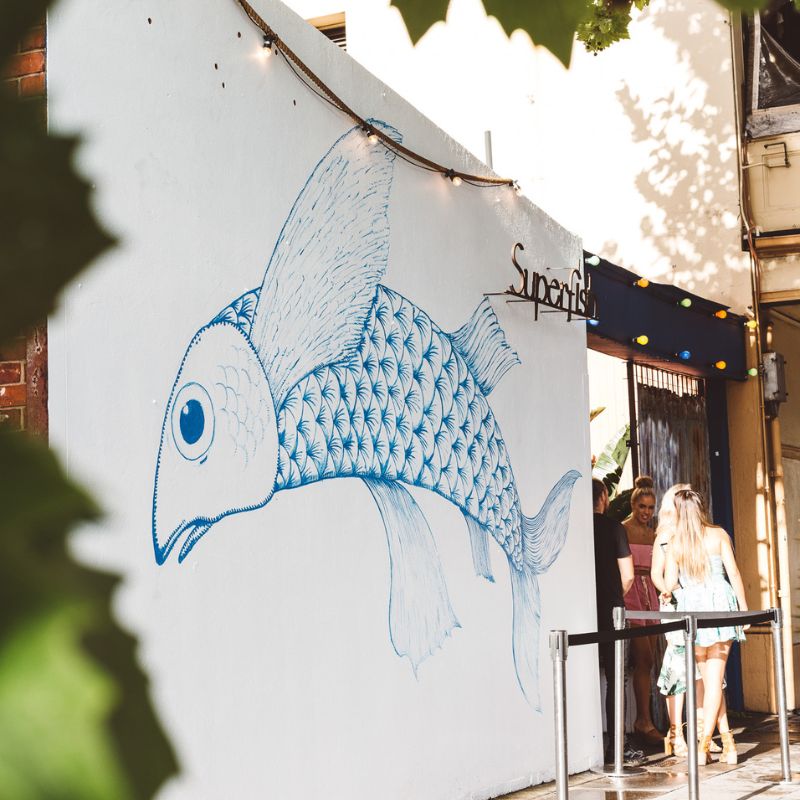
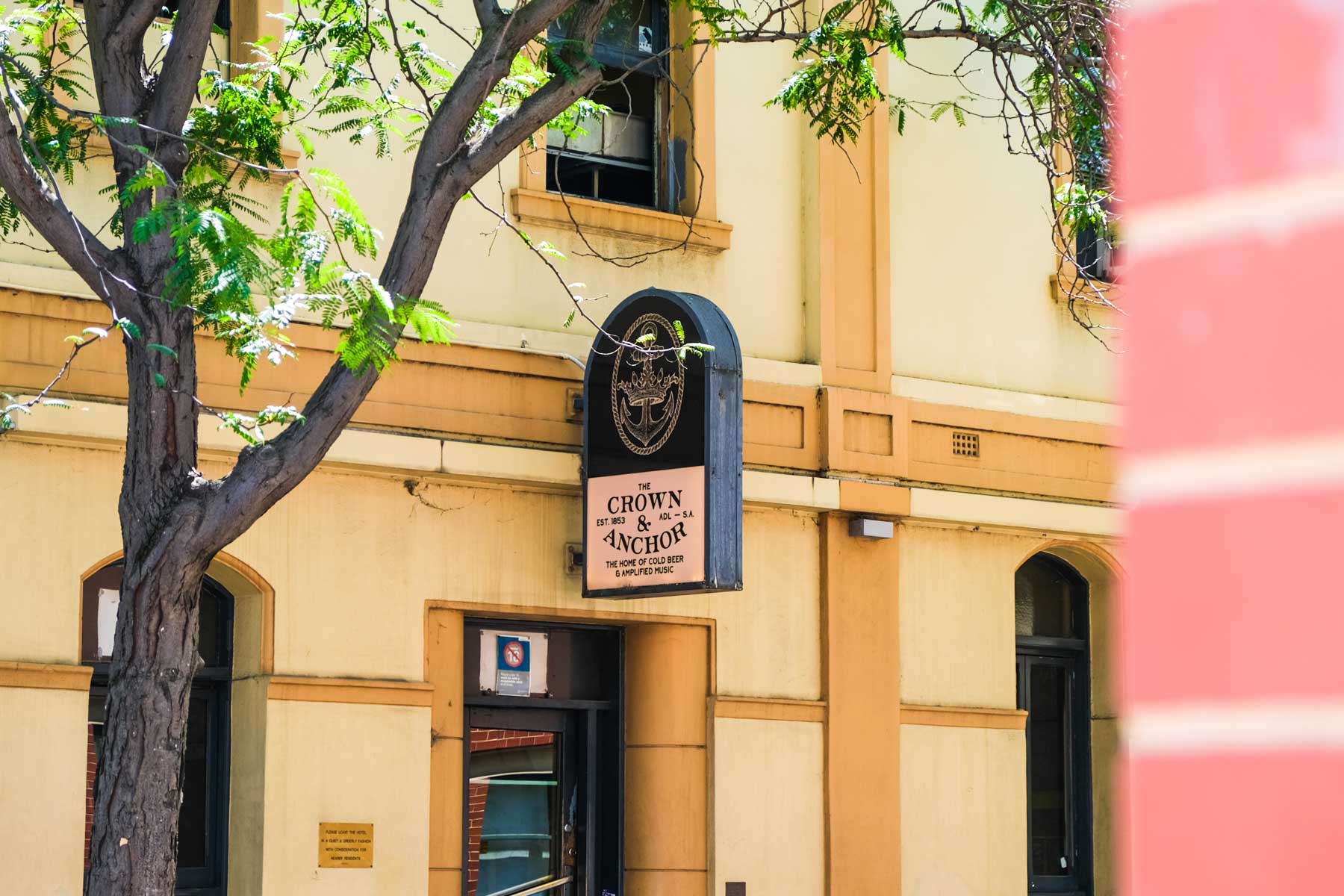
It wasn’t until 2017 that landlord Gerry Karidis offered an opportunity that was “just too good to resist”.
“We did a deal with him, if he bought the hotel and actually got the hotel license applied over the whole site, then we’d re-lease the site, but we’d also actually take on the Crown & Anchor Hotel,” he says.
“In doing so, then we turned this into Roxie’s – a permanent venue.
“We spent a bit more time on [Chateau Apollo] to develop that. And basically [renovated] upstairs of the Cranker and turned that into Midnight Spaghetti in 2018 and this has been Roxie’s ever since.”
When taking on the infamous Cranker, Tom says it “was an interesting one” as “it’s fair to say it certainly wasn’t in [his] wheelhouse – a pub of that calibre” due to its “unique market and niche clientele”.
“I remember someone telling me that even a lick of paint would kill the pub,” he says. “So be very careful what you do.”
But Tom’s intention was to “take the offering that was the Crown & Anchor and really dial it up”.
“It was looking at more bands, looking at what more we could actually give back, the calibre of bands, how frequently we toured interstate bands,” he says.
“All we did was just take the model and the DNA that was already there and basically amp it up.
“We put a lot more time and effort into the pricing for the general customer. We took a lot of our Cooper’s rebates, we put them back into pricing to ensure that the price level for the customers remains the same all day every day, which is why we’ve got probably the cheapest pale ale in town.”
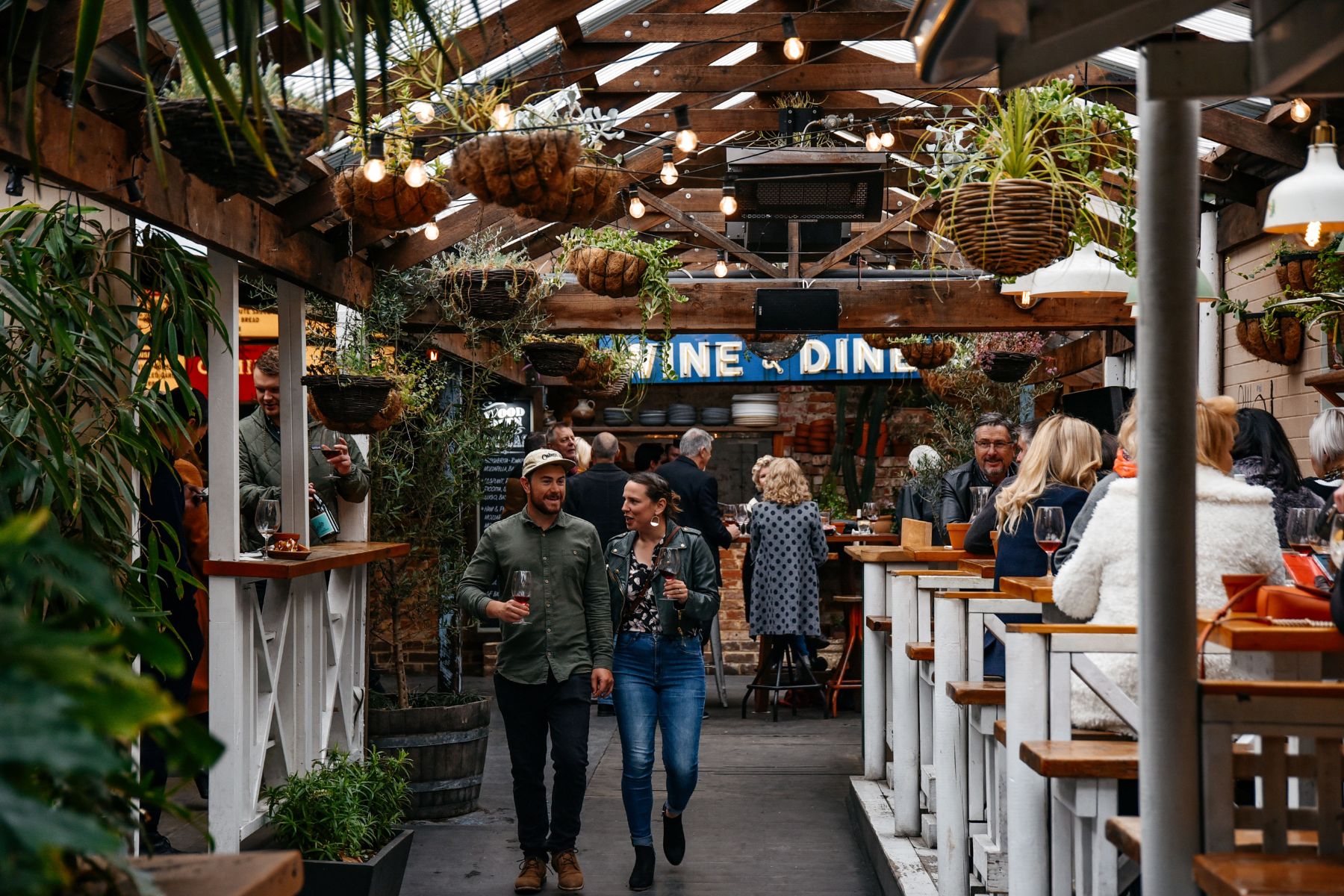
After Roxie’s became permanent, Tom says there were a few things they “needed to really amp up” including catering to a wider variety of people. To combat this, they built the Roxie’s deli, serving the morning work commuters by offering coffee and grab-and-go goods.
“Being in the proximity of the East End, I think you’ve really got to actually play to a lot of people,” he says.
“You’ve got best part of 8500 businesspeople that are literally within a three, four minute walk from here. You’ve got two hotels that are close by, where people just stumble upon us, and then you’ve got the East End and Rundle Street.
“Everything I’ve done in here has been trying to curate a better offering for everyone.”
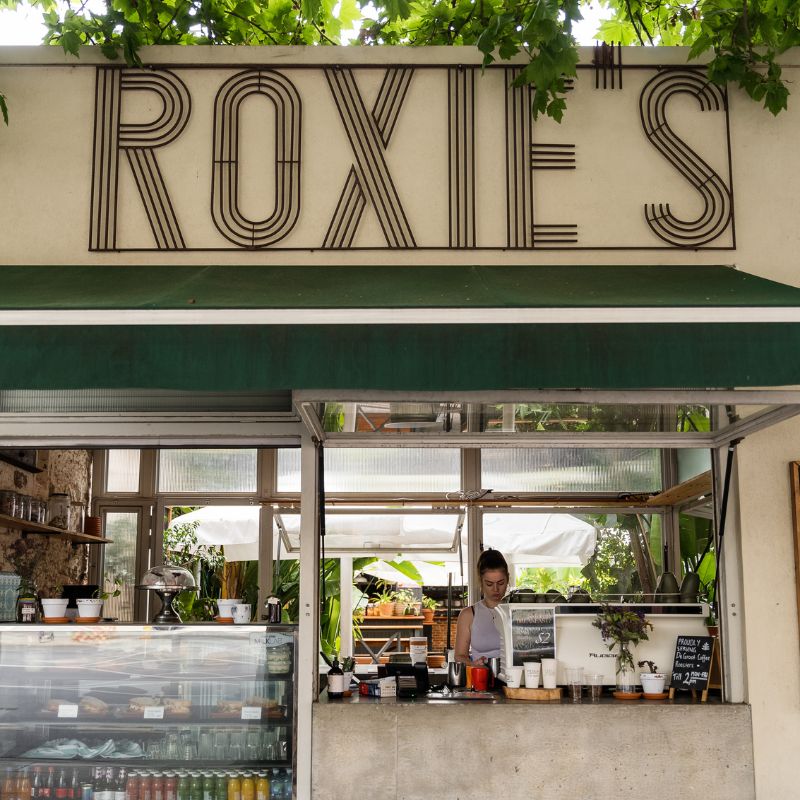
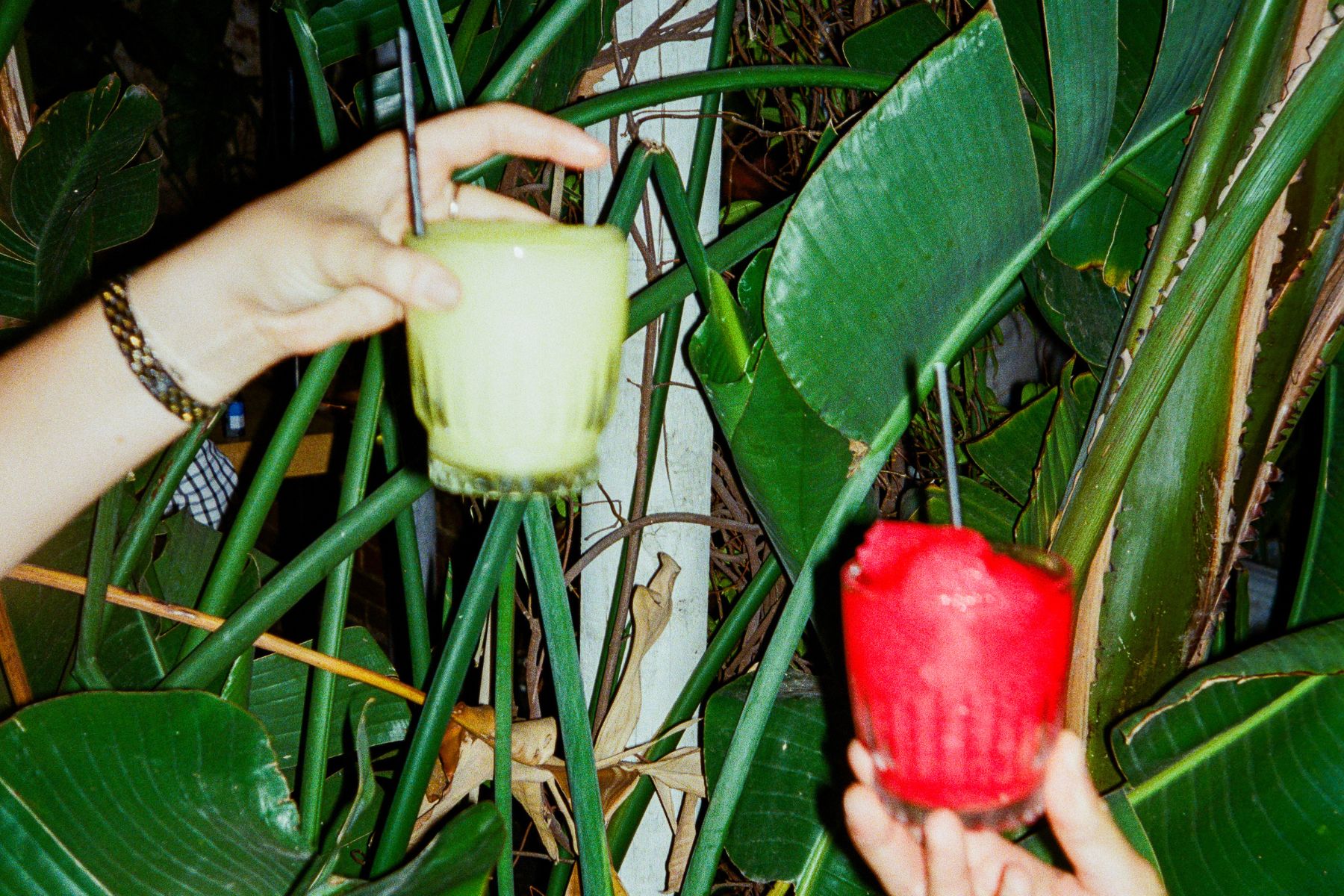
But all good things must come to an end, and Roxie’s and Chateau Apollo will close on Sunday, May 25.
“Look, I would have loved to see the whole development [get] knocked back, but, I mean, I guess, I’m a realist,” he says.
“We need accommodation, we need high-density living. So, you know, is it the greatest site for the development? Probably not. Do we need it? Yes, but at my cost? I don’t know.
“I mean, I don’t want to sound bitter and twisted, but at least I got to preserve and save the Cranker.
“If I had to weigh up the two – it’s not that I have a preference towards one or the other – but I think with the history and the legacy that the Cranker serves, it’s every bit worth saving.”